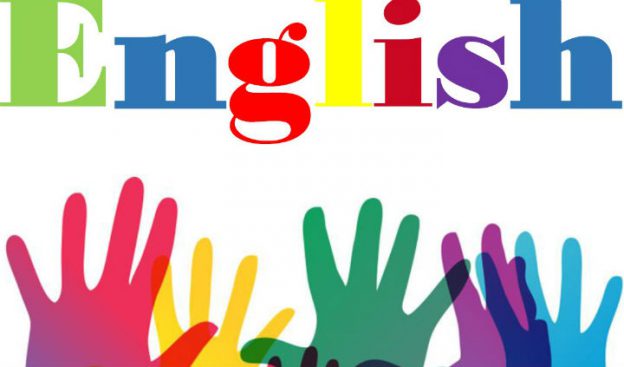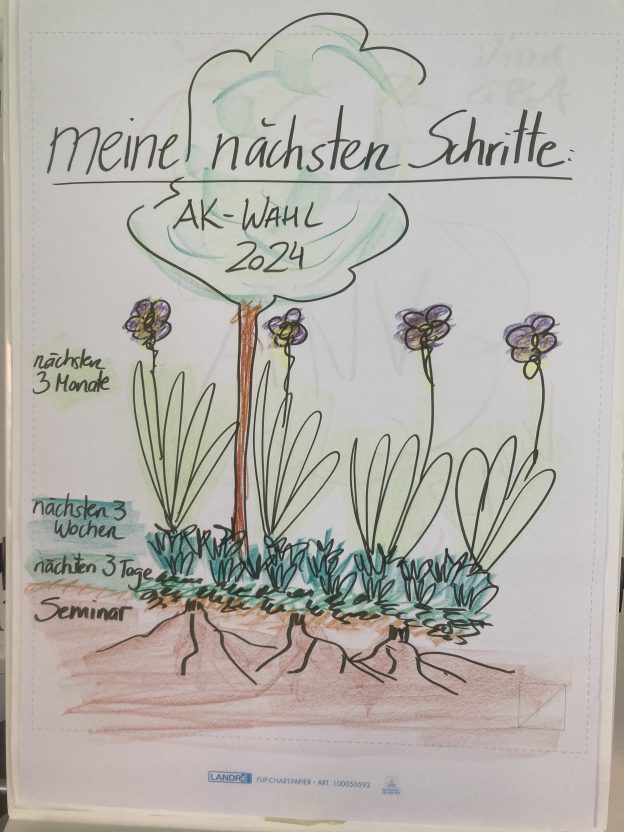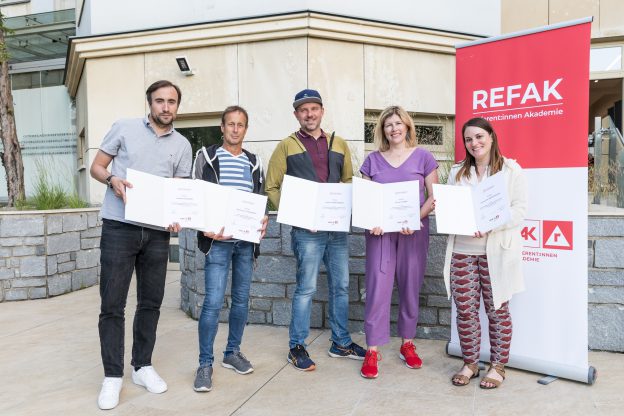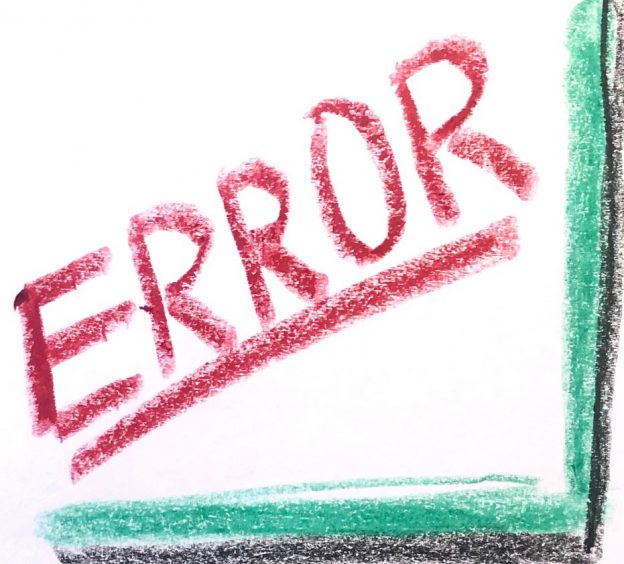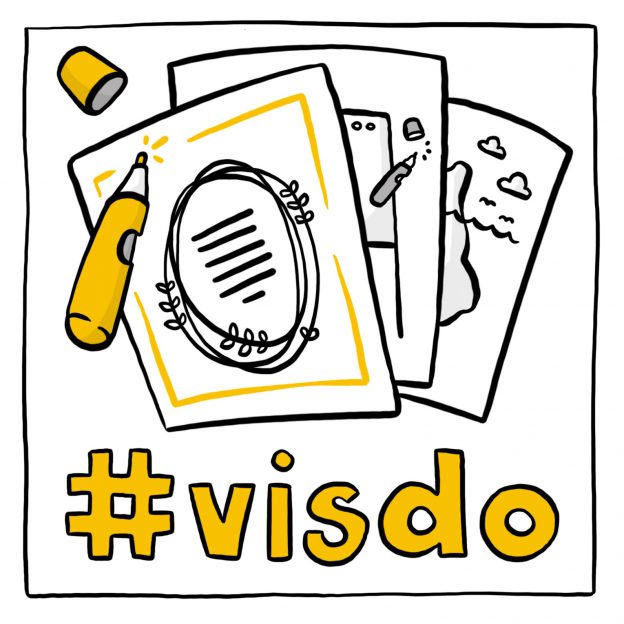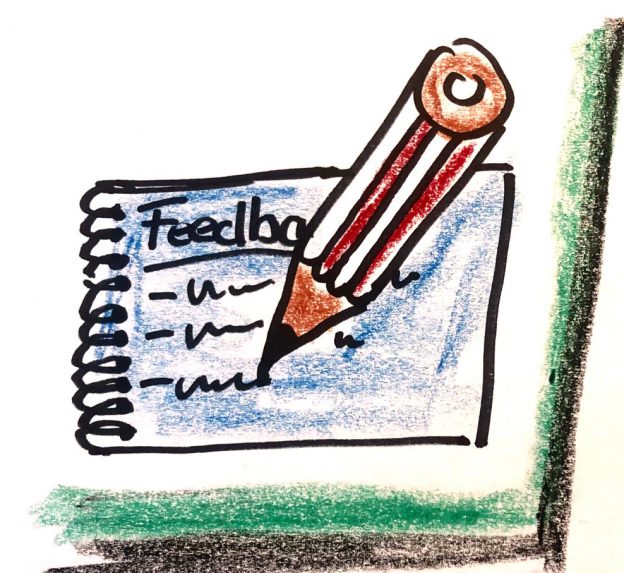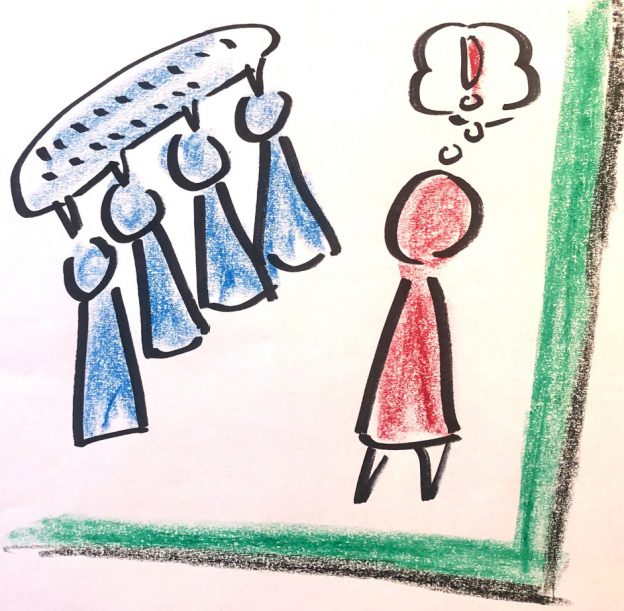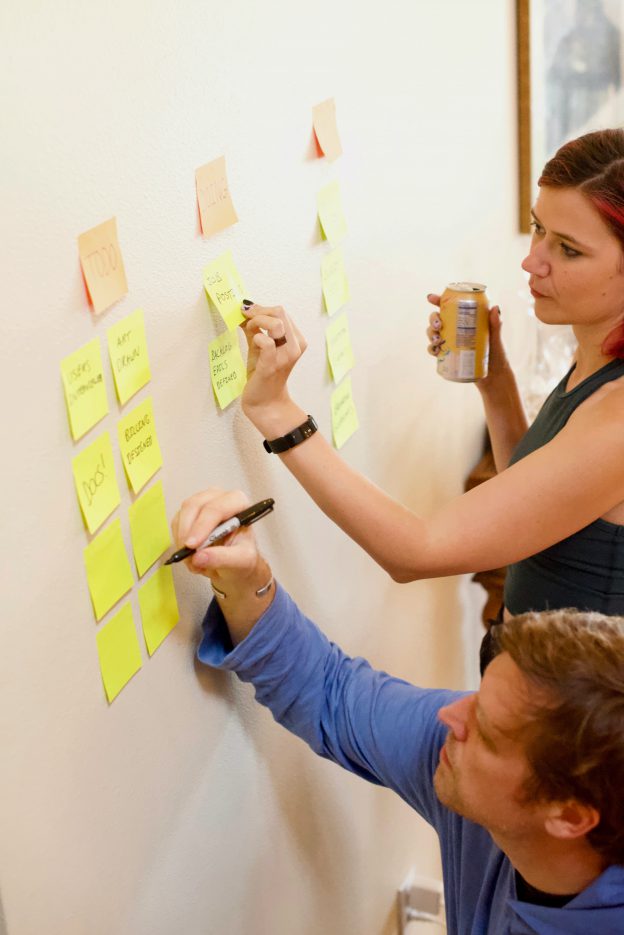
…hat ein Studium der Geschichte (Mag. phil, MA) und eine Schauspielschule mit Diplom zur Bühnenreife absolviert. Arbeitet in der Kunstvermittlung der Österreichischen Galerie Belvedere und nebenberuflich seit 2017 als Präsenztrainer für Auftrittssituationen u.a. für die Wiener Betriebsrät:innen Akademie und die Referent:innen Akademie. Ist überzeugt, dass Inhalte selten für sich selbst sprechen und formbewusst erzählt werden sollten. Legt Wert auf kreative, individuelle Arbeit mit den Teilnehmenden.

